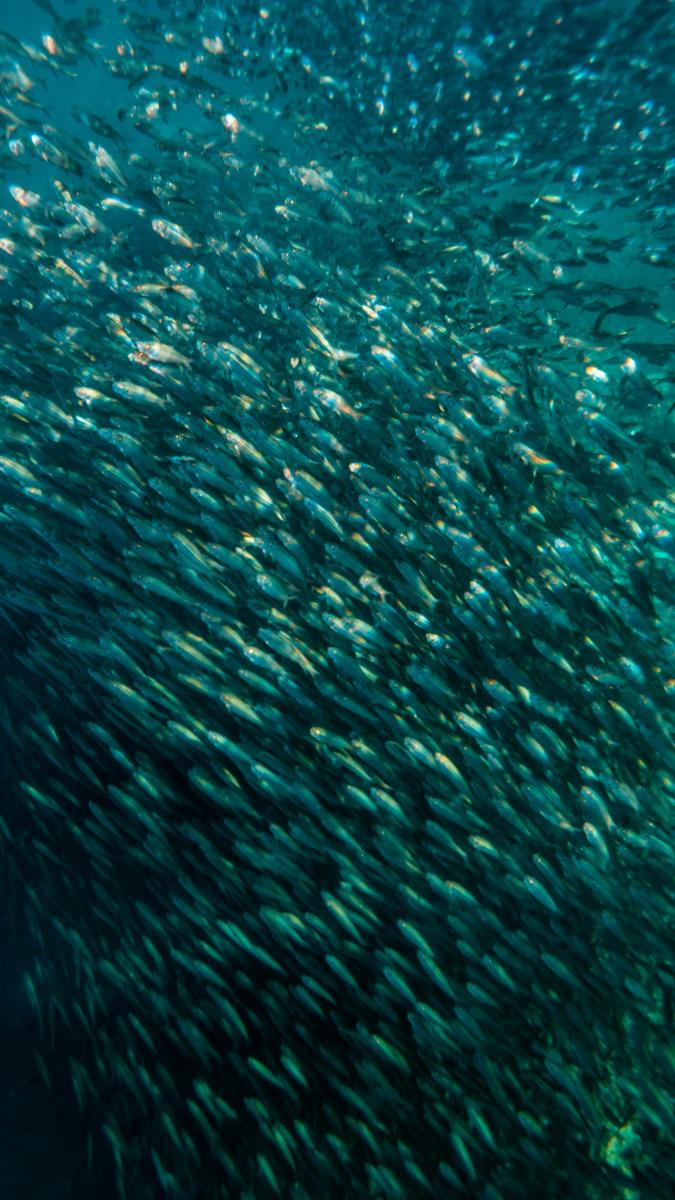IPMA/MARE lectures
Two lectures organised jointly by MARE and IPMA will be held on 20 June. The lectures will take place in MARE's meeting room at the Faculty of Sciences of the University of Lisbon and can also be watched online via Zoom. This event will feature researchers Vanda Brotas (MARE) and Ana Machado (IPMA).

MARE researcher Vanda Brotas will give a presentation entitled "Studying phytoplankton to predict variations in sardine abundance". This presentation is part of the PRIMUS project "Primary Productivity in Upwelling Regions", funded by the European Space Agency (ESA). The project studies the spatial and temporal variability of phytoplankton, the base of the marine food chain. The Portuguese team, made up of FCUL and IPMA, analysed 22 years of data on sardines and anchovies in two areas of the Iberian coast, studying the relationship between environmental and oceanographic parameters and the recruitment of these small pelagic species. The long series of satellite images made it possible to develop indices that characterise the peak of phytoplankton growth. Synchronisation between the growth period of phytoplankton species and the hatching of fish larvae is essential for their survival. The results seem to indicate that in years when the growth period of phytoplankton microalgae ends earlier, sardine recruitment is negatively affected.
Ana Machado, a researcher at IPMA, will talk about Where the anchovies on the west coast of Portugal came from. Her presentation is part of the PIPELINE-DITO project funded by the European Commission via Copernicus Marine Service, which brings together different products developed with ocean models for the Portuguese coast. A paper will be presented in which one of these products was used to try to understand what has led to the increase in anchovy abundance on the Iberian West Coast since 2016. It is unclear whether this increase is the result of dispersal from nearby recruitment areas, higher survival rates of early life stages due to favourable environmental conditions, or both. This study used a set of models to simulate the dispersal and survival of the first life stages of anchovy in the Iberian region for the years preceding the increase in anchovy abundance in the area.
Link to acess the Lectures : http://https://videoconf-colibri.zoom.us/j/99781752849?pwd=Zk1kHjAt1Czb34MS7aRaeKWs10uSAW.1
Password: 873205
